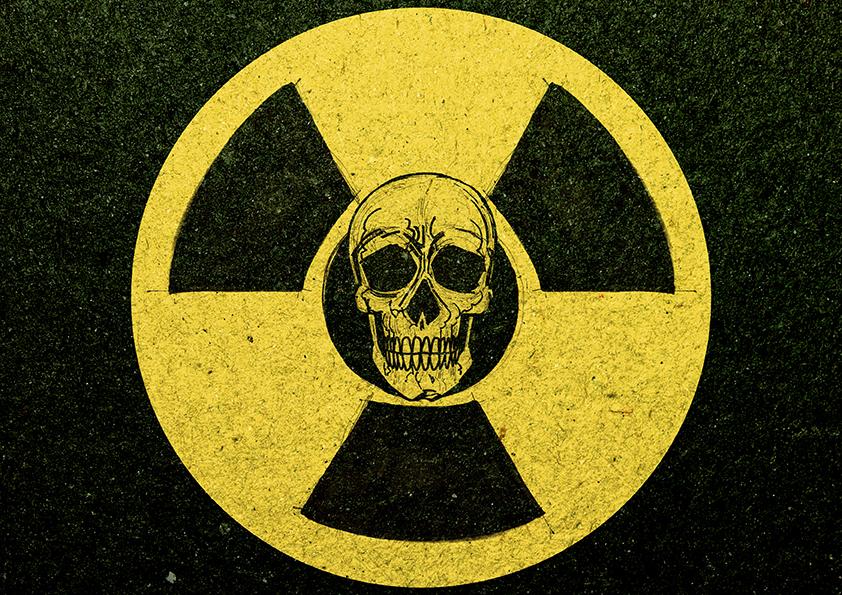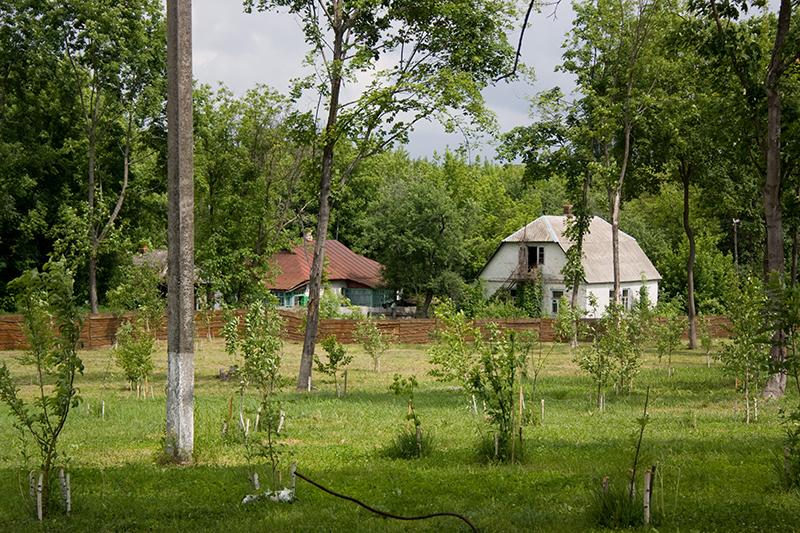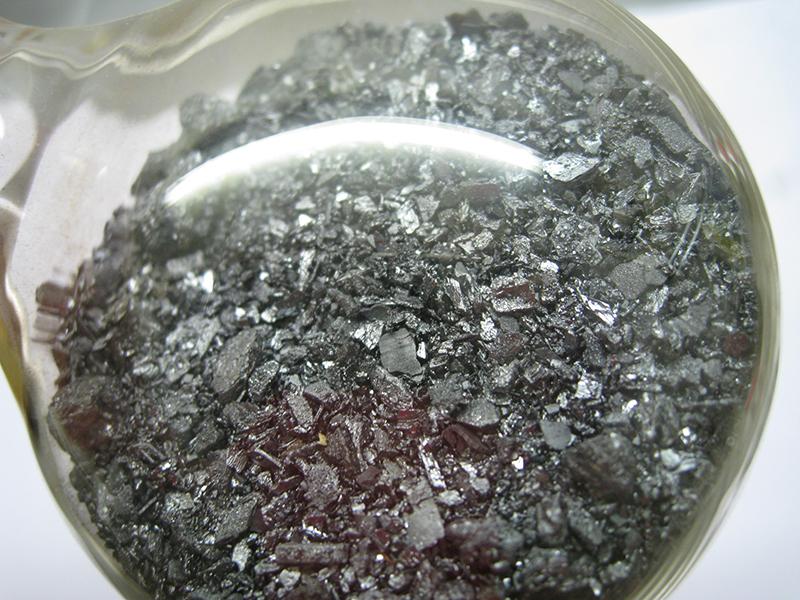Do the dangers of nuclear energy and nuclear weapons justify ending the nuclear age?

Anti-Nuclear Movement
With the citizens of Japan in an uproar after the events of Fukushima, the Anti-Nuclear movement has received a significant amount of publicity recently. Pro-nuclear workers tend to address the movement as a group of uninformed citizens whose idealistic support of renewables is an impossible dream. Nuclear experts address the issue openly, explaining that though there are risks to nuclear power, electricity is needed worldwide. But anti-nuclear groups do have valid concerns about radiation and nuclear contamination.
Three of these Anti-nuclear groups are the Campaign for Disarmament, located in the United Kingdom, Greenpeace, with offices in 41 different countries, and the Nuclear Information and Resource Service, located in the United States. Greenpeace, in particular, is often viewed as something of an extreme leftist environmental group. But all of these groups, as well as a number of others, are trying to get people to understand that nuclear power has risks ad that some of these risks cannot be overcome. Though these groups may propose an unrealistic radical demise of all nuclear power, their points should be noted. They are outlined below.
Chernobyl:
The Chernobyl accident resulted in relocation of many residents in the surrounding area. In addition radioactive waste dispersed over several countries. However, most consider Chernobyl an exception in that it was a disaster caused mostly by miscommunication , as the majority of deaths were a result of workers being sent to the scene, caught unaware of the danger.
But it is also imperative that radiation exposure is addressed on a long-term timescale. According to the World Health Organization, the clouds of radioactive waste for Chernobyl increased the rates of childhood cancer and in particular, thyroid cancer for people who were adolescents or children at the time of the accident and grew up in higher risk areas of Russia, Ukraine and Belarus. Much of this can be attributed to the consumption of milk products, which contained high levels of radioactive iodine that is stored in the human thyroid gland.

The World Health Organization does however note that there is no increased risk of other cancers from radiation exposure, and that leukemia rates after the Chernobyl accident did not rise very significantly. In fact, the report from the World Health Organization does give much hope in terms of radiation exposure. Thyroid cancer is treatable and furthermore, it could have been prevented if children had not been fed contaminated milk products. Much of the disaster of radiation exposure was immediate for liquidators who died of Acute Radiation Syndrome (ARS). Also, there was an intense psychological effect of the disaster, in part caused also by citizens' mistrust of their government and the political catastrophe that resulted in the end of the Soviet Union.
Fukushima:
Though it is true that the Fukushima accident is now foreseen to have less of a health impact than originally thought, concern is appropriate in Japan given their history and the history of nuclear accidents. What is important to understand is how radiation levels are measured throughout a population. The key phrase health experts use is perhaps “in terms of”, meaning the risk of radiation is always weighed versus background radiation and average amounts of radiation in peoples’ daily lives. Health professionals believe therefore that the overall risk of cancer will be extremely low and that any fatalities will be low and hard to attribute to just the Fukushima accident. Nature explains that with an exposure cap at 20 millisieverts per year, the increase to the odds of getting cancer is only “a few thousandths of a percent”.

This is because, unlike in the Chernobyl accident, the Fukushima reactor explosion was rather well contained. Iodine 131, with a half-life of 8 days, was the most abundant radioactive material released, so there is little concern over long term contamination. Also, workers who received larger doses of radiation were treated immediately.
The risk with Fukushima in the long term could therefore be more psychological. Radiation is an invisible enemy, which is terrifying for affected peoples. Also, the accident happened after a major earthquake. Deaths and dislocation of family members could also account for an overall decrease in psychological health that cannot necessarily be attributed to the crisis with the reactor.
Further Reading:
- The World Health Organization's radiation dose estimation.
- Nature's analysis of health problems after Fukushima.
- MSNBC on deaths and missing persons in Japan after earthquake and tsunami.
- Mining tutorial from World Nuclear Organization
- NY Times on Uranium fears in Czech mining town.
- NY Times on Texas uranium.
- Greenpeace on Uranium mining in Niger.
Related Media:
- Video: Fukushima
- Uranium Mining Towns: Anti-nuclear groups are also concerned about contamination of water in uranium mining towns. For Greenpeace, one of these towns is in Niger, Africa, where French nuclear company AREVA has a nuclear mine. The concern, again, is radiation exposure. Naturally, anti-nuclear groups claim that there is a radiation risk for the natives of the town. But concerns about uranium mining are not limited to the Anti-nuclear movement. Uranium mining does cause contamination by toxic waste, making nuclear power not as clean as originally thought. Radon exposure for miners is already a health hazard, but if uranium contaminates due to bad mining practices – then there will be an even larger problem. Most mainstream concerns however, are focused on the health of the miners and not the larger contamination threat. Nonetheless, in 2010, there was fear that uranium mining in the Czech Republic might lead to a contamination by sulfuric acid of the Elbe River. And recently in the United States, there has been apprehension towards uranium mining at proposed sites in Texas and Virginia due to environmentalist concern over contamination. Currently, citizens of Virginia are in continuous conversation with the State’s Department of Health over a proposed uranium mine site which Virginia citizens fear will contaminate wells and streams. In Arizona, the same problem is being addressed by the Navajo Nation, which is demanding that uranium mines on Navajo land be removed/cleaned. Companies planning on mining assure the public that there will be no contamination – but the public tends to be very active in opposing mines.
Bibliography:
"Chernobyl Accident 1986." Chernobyl. N.p., Apr. 2012. Web. 04 Aug. 2012.
"Experts Say Health Effects of Fukushima Accident Should Be Very Minor." Nuclear Energy Institute, 5 Mar. 2012. Web. 31 July 2012.
Harmon, Katherine. "Japan's Post-Fukushima Earthquake Health Woes Go beyond Radiation Effects." Nature.com. Nature Publishing Group, 7 Mar. 2012. Web. 31 July 2012.
"Health Effects of the Chernobyl Accident: An Overview." WHO. N.p., Apr. 2006. Web. 04 Aug. 2012.
Kanter, James. "Fear Darkens Czech Uranium Mining Town." The New York Times. The New York Times, 05 Nov. 2010. Web. 31 July 2012.
